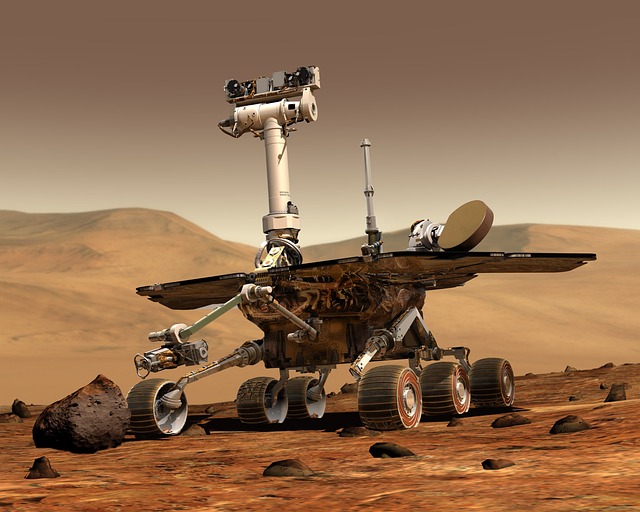Revolutionizing Learning: The Role of Imaging Systems in Robotics, AI, and Business Automation
In the fast-paced world of technology, learning has become an essential component of progress. As industries evolve, the integration of advanced imaging systems in robotics, artificial intelligence (AI), and business automation is paving the way for a revolutionary approach to how we absorb information and adapt to changing landscapes.
The Power of Imaging Systems in Robotics
Robotics has always been at the forefront of automation, but the introduction of enhanced imaging systems is transforming these machines into intelligent entities. Through sophisticated visual recognition capabilities, robots can now perceive their surroundings in ways that were unimaginable a decade ago. This technology allows for precise navigation, object recognition, and even facial recognition, making robots more versatile and effective in diverse tasks.
Imagine a robotic arm in a manufacturing environment that not only assembles components but also inspects them for quality using real-time imaging feedback. This ability to ‘see’ enables robots to learn from their actions, thereby minimizing errors and optimizing processes. It’s a testament to how imaging systems can facilitate learning and enhance operational efficiency.
Artificial Intelligence and Learning Through Visualization
The integration of imaging systems in artificial intelligence is another way we are revolutionizing learning. AI algorithms thrive on data, and by utilizing advanced imaging techniques, these systems can analyze vast amounts of visual information. This capability is crucial in fields such as healthcare, where AI is employed to diagnose diseases through medical imaging, enhancing decision-making and treatment options.
Moreover, AI systems equipped with imaging capabilities can learn from visual cues in real-time. For instance, AI used in autonomous vehicles constantly processes images from cameras to understand road conditions, recognize pedestrians, and navigate safely. This ability not only improves safety but also exemplifies the continuous learning process, where the system adapts and evolves based on the images it captures daily.
Streamlining Business Automation with Imaging Systems
In the realm of business automation, imaging systems are becoming indispensable tools for enhancing productivity and reducing operational costs. From automating document processing to integrating image recognition in inventory management, businesses are leveraging these technologies to streamline workflows and make data-driven decisions.
Consider how retail businesses employ imaging systems to track inventory levels through visual recognition. This automated approach reduces manual counting and errors, allowing employees to focus on more strategic tasks, thereby improving overall efficiency. As businesses become increasingly data-focused, the learning opportunities presented by imaging systems become more apparent. Companies are not just operating; they are evolving and adapting to market demands through the insights gained from visual data processing.
Embracing the Future of Learning
The integration of imaging systems in robotics, AI, and business automation signifies a paradigm shift in how we approach learning. With the ability to gather, analyze, and learn from visual information, these technologies are not just enhancing capabilities—they are redefining the essence of knowledge acquisition in a digital age.
As we continue to explore the potential of imaging systems, one thing becomes clear: we are on the cusp of an extraordinary transformation. Embracing these innovations will not only empower individuals and organizations but will also foster a culture of continuous learning and growth, laying the foundation for a more efficient and intelligent future.




